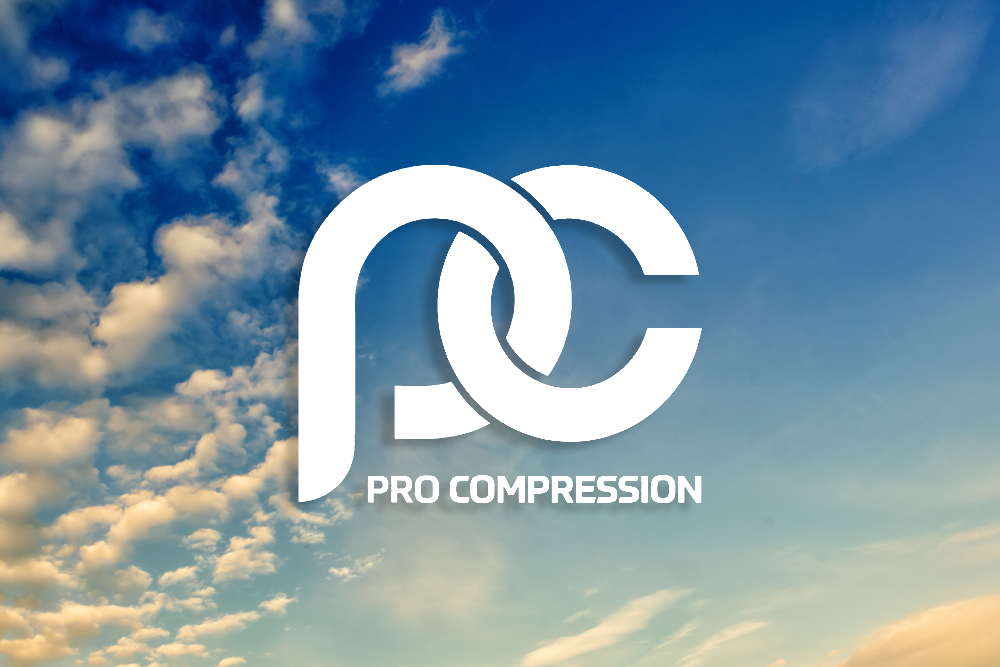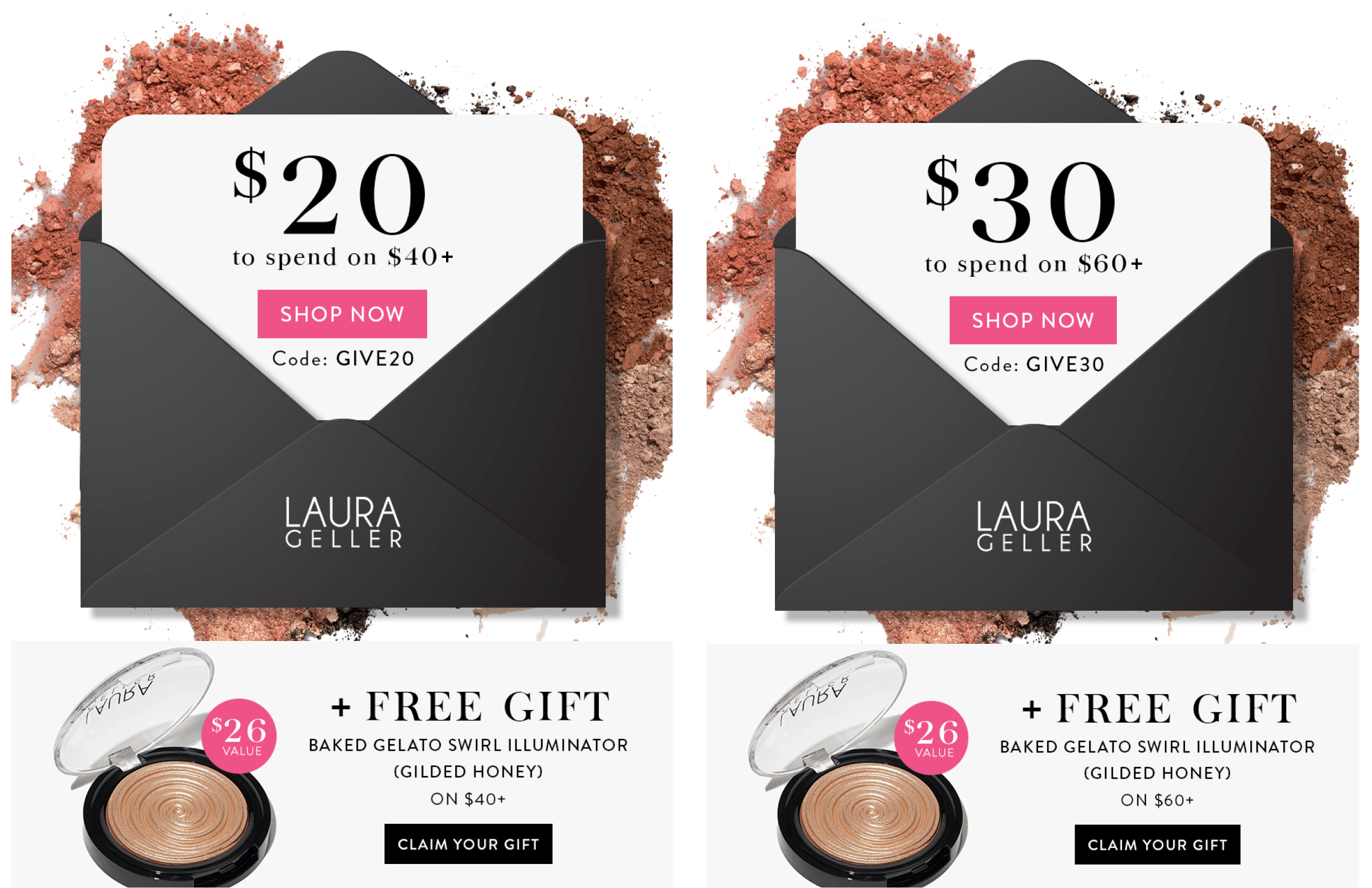The colon (Test Worx: How many clicks is an image worth?) generated a higher level of opens, but a lower level of clicks.
In issues of Email-Worx, we’ve used a variety of words and symbols – colons, dashes, plus signs etc – to divide the propositions within our subject lines. In analysing the performance of these different separators, we’ve discovered that there’s more to punctuation than meets the eye…
The results from this test were very close. The use of a colon generated a higher proportion of openers, but the use of the hyphen was more successful in generating clicks, which is the key objective of our newsletter:
Test Worx: How many clicks is an image worth?
Test Worx – How many clicks is an image worth?
Total Open Rate 37% 33%
Total Click Rate 27% 31%
We’d hypothesised that the hyphen would out-perform the colon as the extra space on either side would make each element stand out more – in this case, the type of issue (Test Worx) and the specific content of the message. But the results were far from conclusive, so we decided to look back over all past Email-Worx issues to see whether we could identify which separators had worked best for us in the past…
Subject line dividers: the historical perspective
Although the historical view gives an interesting perspective, it’s important to note that it’s unlikely to provide us with empirical proof. There will always be a multiplicity of factors contributing to the performance of each email, so it’s not possible to separate out the impact of these particular subject line factors. That said, the results still give us useful guidance and will provide the platform for more specific tests in the future.
Before reading on, test your own intuitions about subject dividers. Which of the following dividers do you think would have generated the best results, and why:plus+and-:;
And the results
Starting in reverse order, and was the worst performing separator we have used in our subject lines, both in terms of opens and clicks.We believe that this may be because “and” can separate both completely different elements (“75% off last-minute Alps holidays and win a pair of ski goggles”) as well as words within a single element (“free health and safety assessment”). Because visually it’s a word dividing other words rather than a symbol, “and” tends to merge into the syntax of the subject line, making it difficult to identify distinct topics of potential interest when our readers scan their inbox.
At the other end of the scale, the semi-colon came out as the best-performing separator, but because we have used it relatively sparsely we need to keep testing to see if this initial finding is borne out.
And so, despite the semi-colon’s promise, our winner for now is our favourite divider, the good old plus sign (+), which you are likely to see even more in our emails from now on. The plus sign has the advantage of being neither a word nor even really a punctuation mark, so its inclusion in a subject line cannot really be mistaken for anything other than the separator function.Interestingly, “plus” as a word does better than “and”, perhaps because it’s far less common than “and” and – unlike “and” – is not likely to be used within an element rather than between elements.
The dash does least well of all the classic punctuation marks, perhaps because in emails it tends to appear as a flimsy hyphen so is not visually very strong, and/or because its role in written language is not so much to separate but to provide parenthetical information or (as with the colon) to announce an elaboration or response to the content it comes after.
The semi-colon performs surprisingly well, given its reputation as a rather staid, formal mark. But that may be its very advantage: its very lack of popularity in other forms of writing and its distinctive appearance may be what make it stand out as a way of making your subject-line elements stand out.
Exclamations and questions
We also checked whether questions or exclamations were most effective.
We noted that exclamation marks were very successful, despite the advice in many style manuals and tone of voice guidelines that they should be avoided because they make copy feel cheap and over-excited. We suspect that overuse could quickly undo this positive result, but again more testing is required.
Don’t forget the separators
The initial conclusion we can draw from these findings is that the separator function in your subject lines can have a marked impact on the performance of an email.It helps shape the syntax of your language, affects the tone of a communication, can make a message feel easy to read or hard to scan.In short, punctuation contributes significantly to the meaning of your message.
Tell us what you think
We present this research as a work in progress, some preliminary thinking around a little-considered area. We’d love to hear your thoughts or results about which separators do or don’t work in your subject lines.
Are you surprised by the semi-colon? Do you burn a candle for the dash? Or do you think we’re mad to overlook the trendy pipe (|), a separator we have yet to use but which is fast growing in popularity? Do let us know what you think…
Last updated: May 05, 2015 Alchemy Worx





